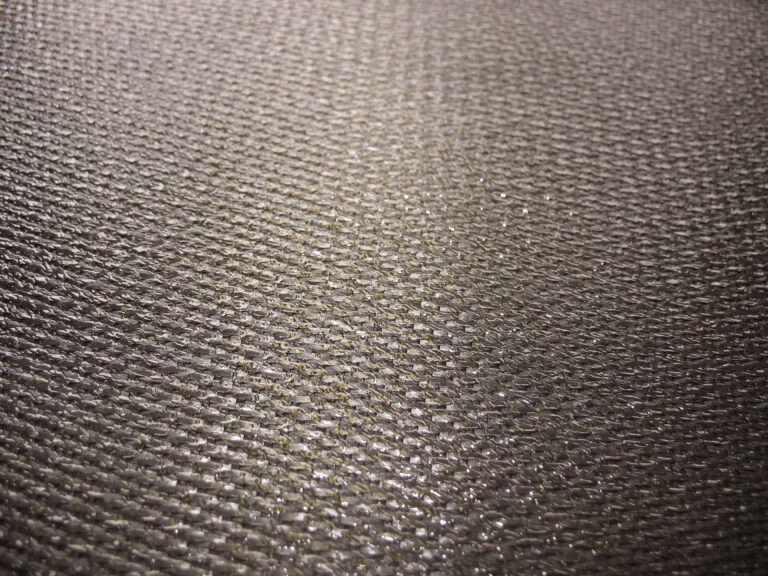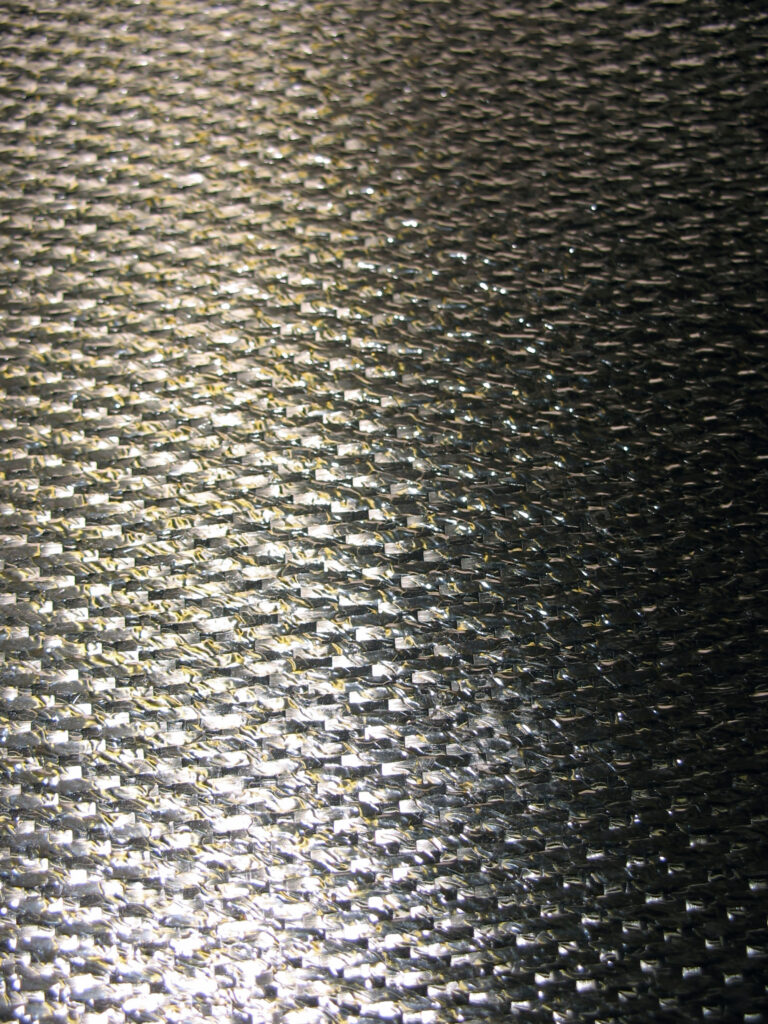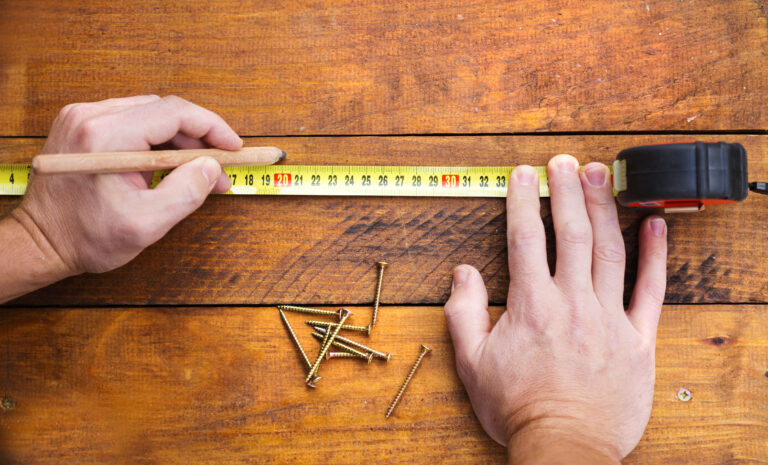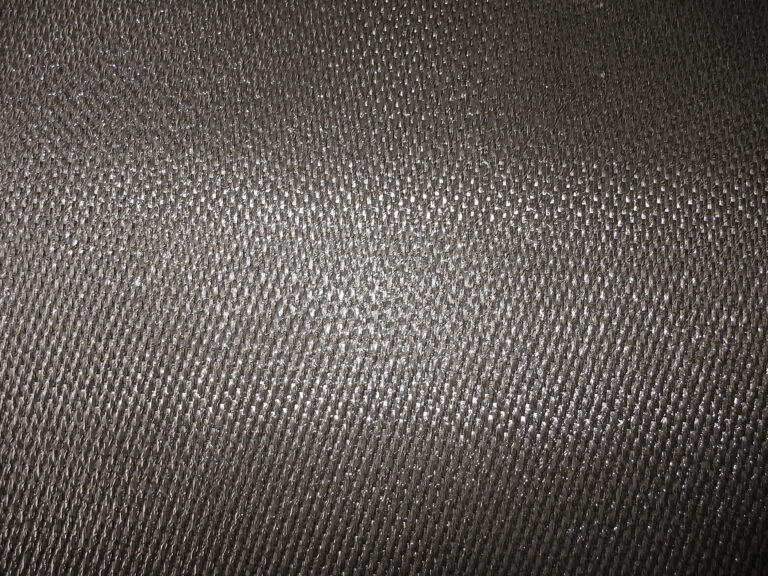Kitchen Cleaning Hacks: How to Prevent and Remove Mold
Mold is a common problem in many homes, especially in the kitchen. It can grow on surfaces such as countertops, cabinets, walls, floors, and even appliances. While mold may not be visible to the naked eye, it can still cause health problems for you and your family. In this article, we will discuss how to prevent and remove mold from your kitchen.
Introduction to Mold and its Dangers
Mold is a type of fungus that grows in damp or wet areas. It thrives in warm environments with high humidity levels. When mold spores are inhaled or ingested, they can cause allergic reactions, respiratory issues, and other health problems. Some people may experience symptoms such as sneezing, runny nose, coughing, congestion, and skin irritation when exposed to mold. If left untreated, mold can also damage furniture, clothing, and other household items.
Identifying the Source of Mold Growth in Your Kitchen
The first step in getting rid of mold is identifying where it’s coming from. Look for signs of moisture or water damage in your kitchen, such as leaks under the sink or near windows. Check for condensation on pipes, walls, or ceilings. Also, take note of any musty odors, which could indicate mold growth. Once you have identified the source of the mold, you can begin to address the issue.
How to Prevent Mold from Growing in Your Kitchen
To prevent mold from growing in your kitchen, follow these tips:
1. Keep your kitchen clean and dry. Regularly wipe down counters, cabinets, and appliances with a disinfectant cleaner.
2. Use exhaust fans while cooking or running hot water to reduce steam and humidity levels.
3. Fix leaky faucets or pipes immediately to prevent water accumulation.
4. Ensure proper ventilation by opening windows or using an air conditioner during humid weather.
5. Store food properly to avoid spoilage and attracting pests that can contribute to mold growth.
DIY Cleaning Solutions for Removing Mold
If you notice mold growth in your kitchen, don’t panic. You can use DIY solutions to remove it safely and effectively. Here are some recipes for homemade cleaners:
1. Vinegar and baking soda mixture – Mix equal parts vinegar and baking soda to create a paste. Apply the paste to the affected area and let it sit for at least 10 minutes before scrubbing off with a brush or cloth.
2. Tea tree oil solution – Mix tea tree oil with water in a spray bottle. Spray the solution onto the moldy surface and leave it for several hours before wiping it away.

When to Call a Professional for Mold Removal
In some cases, mold removal may require professional intervention. If the mold growth is extensive or if you suspect there is mold behind walls or under floorboards, it’s best to call a professional mold remediation company. They have specialized equipment and training to handle severe mold infestations safely and efficiently.
Conclusion: Tips for Regular Maintenance
Regular maintenance is key to preventing mold growth in your kitchen. Follow these tips to keep your space clean and dry:
1. Wipe up spills and crumbs promptly.
2. Clean out your fridge regularly to prevent spoiled food from attracting mold.
3. Check for leaks and fix them right away.
4. Open windows or use an air conditioner during humid weather.
By following these simple steps, you can prevent mold growth in your kitchen and ensure a safe and healthy living environment for you and your family.






